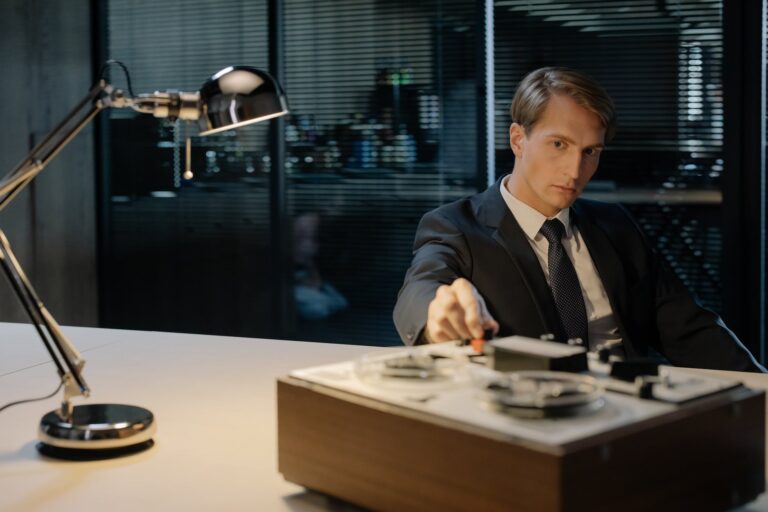Many people experiment with hair treatments and products to obtain a particular look or texture. A texturizer is one such product that can give waves or curls to hair.
However, there may come a point when you want to go back to your natural hair color. In this article, we will look at how to safely and effectively remove a texturizer from your hair.
What Effect Does A Texturizer Have On Natural Hair?
Your hair is mostly composed of proteins, one of which is Keratin. Keratin is made up of amino acids and cysteine, which give your hair its curly texture. Texturizers operate by changing the structure of your hair’s proteins.
There are two sorts of texturizer options available: lye texturizers and no-lye texturizers. Lye texturizers contain sodium hydroxide, whereas no-lye texturizers contain calcium hydroxide, which disrupts the cysteine link in your hair, allowing the natural curls to release.
It’s also vital to understand that texturizers will not change your natural hair texture. The end effect is always determined by your hair’s initial texture. For example, it will not develop curls if you do not already have them.
Texturizers are best suited to S-shaped curls and naturally wavy hair. However, the outcome of Z-shaped curls may differ from person to person. Texturizer is most commonly used on coarse black hair. Most people with black hair use texturizing to soften their tough hair strands.
How To Remove Texturizer From Hair?
Removing a texturizer from your hair can be a difficult procedure because texturizers are chemical treatments that change the structure of your hair. If you wish to remove a texturizer from your hair, consider the following steps:
Allow Your Hair To Grow
The most natural way to remove a texturizer is to be patient and allow your hair to grow. The texturized section of your hair will eventually move away from your roots as your hair develops. This procedure is slow and takes dedication to your natural hair development.
Trim Or Cut Your Hair
If you don’t want to wait for the texturized area of your hair to grow out completely, consider having regular trims or haircuts. This aids in the removal of chemically treated hair and encourages healthy hair growth from the roots. To achieve the greatest results, consult with a competent hairstylist.
Deep Conditioning Treatments
Deep conditioning treatments are essential for rehydrating and healing damaged hair. Look for deep conditioners that are made specifically for chemically treated hair. Using these treatments on a daily basis can help enhance your hair’s general health and manageability.
Protein Treatments
Protein treatments can help strengthen your hair and lessen the likelihood of breaking, which is prevalent in texturized hair. These treatments frequently contain Keratin or hydrolyzed proteins, which work to restore and strengthen the hair shaft. Consult a stylist or experienced professional to choose the best product for your hair type and needs.
Protective Hairstyles
Protective hairstyles can assist lessen the need for continual manipulation while also protecting your hair as it grows out. Braids, twists, buns, and weaves can help keep your hair healthy throughout this transition phase.
Sulfate-Free Shampoos
When washing your hair, use sulfate-free shampoos. Sulfates can deplete the hair’s natural oils, making it more prone to dryness and damage. Sulfate-free shampoos are gentler and help your hair retain moisture, which is essential for its health.
Avoid Heat Styling
To avoid further damage, it’s best to limit your usage of heat-styling appliances. Extreme heat can damage hair and make it more susceptible to breakage. Allow your hair to dry naturally whenever possible, or utilize low-heat styling products.
Avoid Other Chemical Treatments
While attempting to remove the texturizer, do not apply any other chemical treatments to your hair. Adding more chemicals to your hair might exacerbate its condition and make it more difficult to return to its natural texture.
Consult A Professional
If you’re unsure how to manage or remove the texturizer from your hair, seek the advice of a professional hairstylist. They can examine the condition of your hair, prescribe appropriate products, and advise you on the best course of action based on your specific hair type and goals.
Does Texturized Hair Go Back To Normal?
Textured hair does not return to its normal state completely without regrowth. Because the chemicals in a texturizer change the structure of the hair, the new hair at the roots will be natural as it grows.
The texturized section can be gradually reduced over time with regular cuts and good maintenance, allowing your natural hair to reclaim supremacy.
The process, however, is lengthy and takes patience because chemical changes are permanent, and a texturizer does not totally “wear off.”
Healthy hair practices and avoiding additional chemical treatments are critical for successfully returning to your original hair structure.
Do Texturizers Cause Hair Damage?
When a stylist applies chemicals to your hair, there is always a chance that your strands will be harmed, even if your tresses are robust and healthy. Texturizers are typically not left on hair long enough to cause significant harm unless the hair has also been colored.
And, according to a celebrity hairstylist, “you’ll probably be fine” if your texturizer is “done properly,” that is, if you receive a deep-conditioning treatment, your stylist uses the correct combination of products for your hair, and your ends are trimmed.
Accepting your natural hair texture is a voyage that is both personal and transformative. It is essential to make informed decisions that prioritize the health and integrity of your hair, whether you opt for a large chop, use gentle products, or consult with a stylist.
Thanks for reading. I hope you find it helpful.





